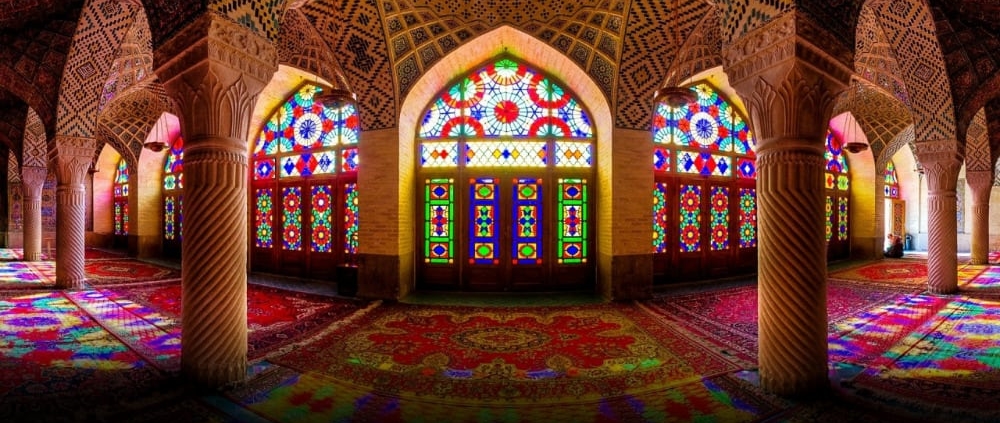The Theology of Islamic Art
In late 2017, Zaytuna College, America’s only Muslim liberal arts college, invited three artists: Eleanor Aisha Holland, Abdulatif Whiteman, and Oludamini Ogunnaike, to spark a thought-provoking discussion. The topic was one rarely discussed before in Islamic religious circles: the connection between Islamic art and its theological tradition.
Modernity Against Tradition
Modern Islamic culture has fallen into the cut-and-paste mould that runs on the heels of modernity’s fast-paced culture. Our mind’s eye, when reminded of Islamic art, conjures forth a mishmash of bright colours, geometric designs, flower patterns and arches and domes. Islamic art becomes a fast solution, something we can strap on “for the culture,” rather than a process which builds on personality and experience. As such, everything from mosque walls to Islamic apps are caked with these images which, although aesthetically pleasing to a certain degree, fail to do justice to the creative process that backs authentic Islamic artistic tradition.
How to Define Islamic Art
A large part of Islamic art does, of course, come from the Islamic identities of the artists themselves. However, what defines Islamic art is the form and structure which emerges from the Quranic revelation.
For example, there are many strong poetic traditions that come out of places such as Mali, Java, and Malaysia. Although they share the common thread of Islamic religion, their cultures are vastly different. The poetry from those societies reflected the poetry of their own cultures, but also included meter and rhyme, as well as imagery which reflected from the influence of the Quran. The same pattern can be seen in the vocal traditions.
Saints Who Are Artists
What distinguishes Islamic art is not how it looks or sounds. Rather, what makes Islamic art special is that it comes naturally, out of an experience felt by the artist. For example, poems like Rumi’s Masnavi or Iman al-Busiri’s Al-Burda, were not penned by poets doing their work. Rather, these poets had deep experiences with Allah and His Messenger, which led their poetry to natural flow in a way that was graceful rather than forced. They were not simply artists cultivating a craft, they were saints who happened to be artists.
